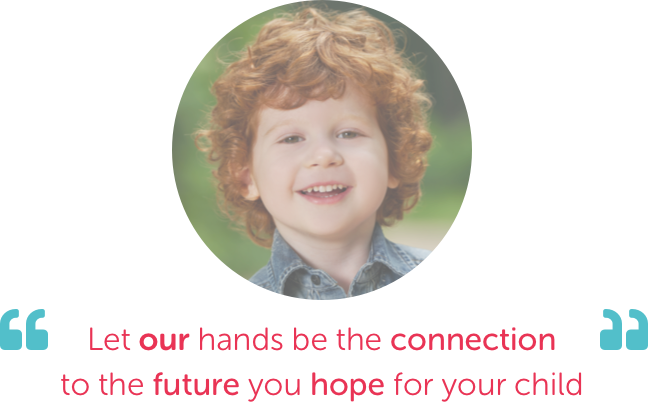Speech Production
Speech is a refined motor act with foundations in muscle tone and breath support and a series of hierarchical speech-systems develop from here. The three main speech sub-systems are:
- Jaw
- Lips
- Tongue
Speech is produced because of movement of the jaw lips and tongue. As the body structures move, different shapes are made, and this results in different sounds. It’s similar to a musical instrument. The notes made change when different keys or strings are used.
- The jaw needs to move through a combination of closed – open – closed sequences, whilst maintaining stability in the midline.
- The lips need to be able to meet for sounds ‘m’ ‘p’ and ‘b’, round and retract, and ultimately move synergistically, but also independently from the jaw.
- The tongue, because it is a hydrostatic muscle, has four different points of contraction, and it is the contraction and release of this muscle that facilitates refined production of a number of vowels and consonants. Like the lips, the tongue needs to be able to operate synergistically but also independently from the jaw.
Once control of each speech subsystem is established, all three speech subsystems need to be able to coordinate sequential movement demonstrating appropriate timing ,transition and control. Speech is essentially a multidimensional motor act. It’s a wonder any of us learn how to do this.
The PROMPT technique is a powerful and effective therapeutic tool as it provides the clinician with a way to ‘show’ the client’s muscles how to move in order to;
- Make speech – for example, by learning foundational jaw movements, it is often possible to move a client from non-verbal to verbal.
- Refine speech -The clinician can provide support to develop and stabilise each speech subsystem (jaw lips and tongue), eliminate or inhibit unnecessary movement so their client can work towards the goal of improved intelligibility and expressive language skill.
Diagnostic Profiles that often result in difficulties with speech production:
If your child has a neurological diagnosis of low, high or mixed muscle tone this is likely to impact their motor-speech development. Examples of this includes:
- Cerebral Palsy
- Downs Syndrome
- Sotos Syndrome
- Global Developmental Delay
- Williams Syndrome
- Rare Genetic Disorders
- Motor-Speech Disorders unspecified.
Central Apraxia of Speech / Dyspraxia
Childhood Apraxia of Speech (CAS) is a motor speech disorder. Children with CAS have problems saying sounds syllables and words. This is not because of muscle weakness or paralysis. The individual has problems planning the movement of the relevant body parts (e.g. jaw lips and tongue) needed for speech. As a result speech is often unintelligible as sound distortions and substitutions disrupt production.
Co-existing sequencing and planning difficulties can also, but not always, be found in their expressive language from sentence through to narrative level and also in general organisation skills. This means that word order in sentences can be disrupted and at a high level narrative is poorly developed and organised.
Justine can provide specialist intervention for children presenting with CAS and associated sequencing and planning difficulties. Justine can also help provide a differential diagnosis in this area.

